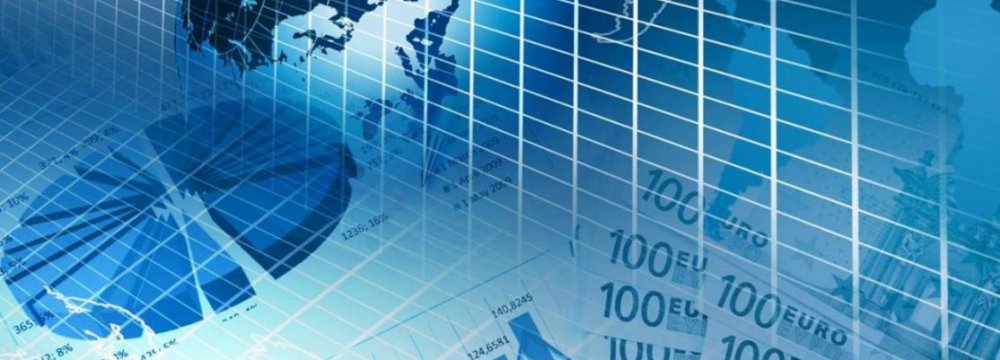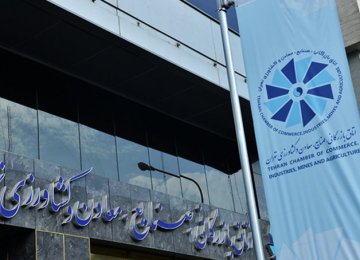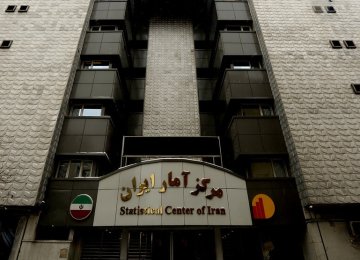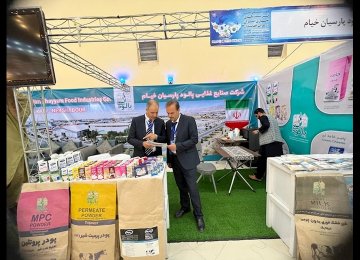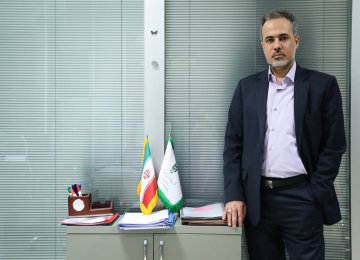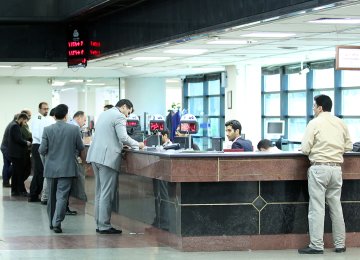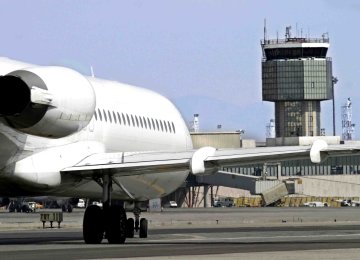Leader of the Islamic Revolution Ayatollah Seyyed Ali Khamenei announced the general policies of the Sixth Five-Year Development Plan (2016-2021) in a letter to President Hassan Rouhani on Tuesday.
The outlines have been compiled in 80 articles under the headings of “economy,” “information technology and communication,” “social,” “security and defense,” “foreign policy,” “judicial and legal”, “cultural” and “science, technology and innovation”, Mehr News Agency reported.
The economic policies outlined in the 6th FYDP set an annual economic growth target of 8% during the plan’s period. Another significant aspect of the economic policies is related with management of oil and gas revenues. Clause 10 declares that managing the accounts of the National Development Fund of Iran – the country’s sovereign wealth fund established to transform oil and gas revenues to productive investment for future generation – is independent of the Central Bank of Iran. This means that the portion of the fund which was earlier managed by the CBI will henceforth be managed directly by the NDFI, a move that could reinforce the NDFI’s role as a foreign currency reserve.
The plan’s economic policies have been formulated in 31 clauses.
1- Utilizing the country’s full capacities and resources to achieve sustainable and rapid economic growth at an average rate of 8% throughout the plan period.
2- Continuous improvement in business environment and competitive market structure.
3- Benefiting from non-governmental organizations’ capacities in realization of the goals of Resistive Economy (a set of policies to promote economic self-reliance).
4- Expansion of mutual economic and trade relations particularly with countries in Southwest Asia, becoming a trade and transit hub and signing bilateral and multilateral monetary agreements with other countries.
5- Development of the financial market and its instruments (money market, capital market and insurance) to increase transparency and integrity of the financial system through the participation of national and foreign individuals and companies to encourage investments, promote economic stability and reduce the risks of business activities.
6- Financing small and medium enterprises through banks.
7- Improving the insurance market and its instruments (competitive markets, reinsurance, etc.) through the participation of national and foreign individuals and companies to encourage investments, promote economic stability and reduce the risks of business activities.
8- Encouraging investments by foreigners and Iranian expatriates though various incentives.
9- Extensive supervision by the CBI of the markets, banks, monetary and credit institutions and regulating unorganized monetary and credit institutions to promote transparency.
10- Permanent implementation of the statute of the National Development Fund of Iran regarding transfer of 30% of the revenues earned from the sales of oil, gas and gas condensates to the NDFI and increasing the percentage by a minimum of 2% annually.
10-1 Independency of NDFI account management from the Central Bank of Iran.
10-2 Offering incentives from NDFI to non-government sectors in hard currency.
10-3 Independency of NDFI spending from the budgetary obligations and law.
10-4 Depositing up to 20% of the NDFI’s hard currency income with commercial banks in exchange for the banks opening lines of credit in national currency for providing loans to the agricultural sector, small and medium enterprises and cooperatives.
11- Completion of oil and gas value chain and reducing energy intensity.
12- Supporting private companies to invest in exploration, exploitation and development of oil and gas fields within the framework of general guidelines of Article 44 of the Constitution.
13- Increasing the share of renewable energies and expanding the number of small-scale power plants.
14- Full realization of Subsidy Reform Plan, with emphasis on boosting industrial production, employment and efficiency and promoting social justice.
15- Encouraging public participation in associated petroleum gas projects.
16- Increasing value-added in the oil and gas sector by completing the industry’s value chain and expanding the manufacturing of energy efficient products.
17- Establishment and advancement of knowledge-based companies in upstream and downstream oil and gas industries to enhance self-sufficiency in design, engineering, equipment manufacturing and assembly.
18- Continuous improvement in the recovery factor to enhance ultimate recovery from oil and gas fields.
19- Creating new economic opportunities in the underdeveloped regions, provinces, coastal areas and islands with government support.
20- Implementing plans for rural development through fair distribution of resources, creating new economic opportunities, improving basic infrastructure and supporting local businesses.
21- Development of marine economy in the southern Chabahar-Khorramshahr coastal strip, with focus on Makran coastal range.
22- Attaining Gini coefficient of 0.43.
23- Expansion of maritime trade and establishment of special economic zones in strategic locations.
24- Development of rail transport and creating comparative advantage in the sector.
25- Development of rail freight transport through upgrading the railroads and terminal facilities and connecting the national railroads with regional and international transport corridors to boost export and transit sectors.
26- Increasing value-added in the industrial and mining sectors and boosting exports.
27- Adoption of modern technologies in industrial manufacturing and services sectors, commercialization and attaining strong presence in regional and international markets.
28- Giving priority to strategic industries (such as oil, gas, petrochemical, transportation, advanced materials, construction, information and communications technology, aerospace, marine, agriculture and water) and adopting modern technologies in these sectors.
29- Prioritizing the supply of raw material to domestic industries with emphasis on completion of value chain for mineral products.
30- Development and implementation of a roadmap for transforming the standardization and quality management system.
31- Establishment of a comprehensive and efficient national statistical system.
The five-year development plans, prepared by the Management and Planning Organization in consultation with the Parliament and the Guardian Council, provide the broad directions for a wide range of economic reforms and social priorities. This Iranian year (ending March 19, 2016) marks the final year of the Fifth Five-Year Development Plan (2011-2016) after the 1979 Islamic Revolution.


